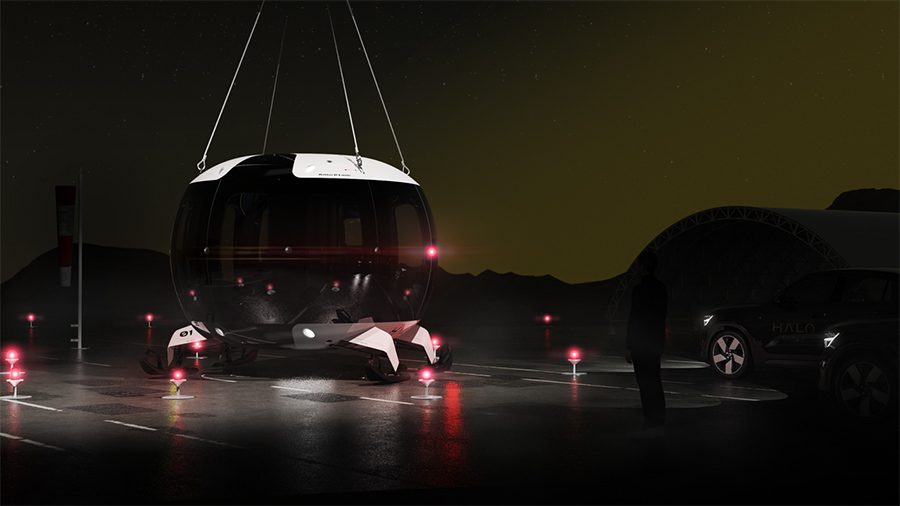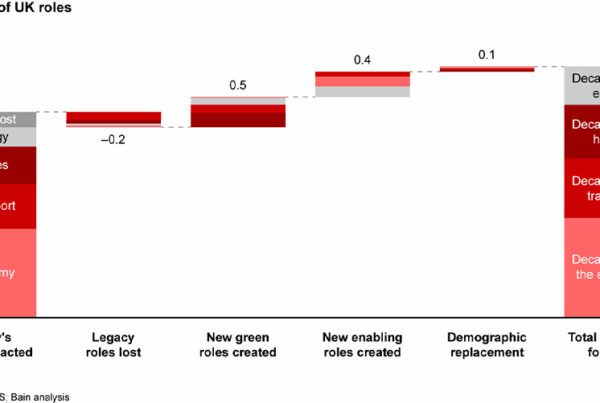HALO Space, company which launched from Arthur D. Little’s innovation incubator, has announced its second test flight. The Madrid-based company is hoping to pioneer an entirely new industry: near-space tourism.
Generally recognised as the world’s oldest management consultancy, Arthur D. Little has a long history of supporting landmark innovations, including several key achievements in the space sector. During the Space Race, the firm had more than 80 staff within NASA’s team behind 1969’s Apollo 11 mission – which eventually saw humanity set foot on the face of the moon.
Since then, ADL has continued its relationship with NASA, supporting projects aimed at lunar surface intelligence, astronaut protection, space innovation, and more. It has also built links with space agencies elsewhere – and is a trusted strategic advisor to the European Space Agency in particular.

This pedigree made ADL’s Breakthrough Incubator programme the perfect venue for HALO Space to thrive. Established in 2021, HALO Space hopes to one day offer zero-emission commercial flights at up to 40 kiolmetre altitude – in what is called the ‘near space’ stratosphere. ADL’s incubator will have played a key role in the realisation of that vision – whenever it comes to pass – as it helped the fledgling organisation receive a €3 million seed funding round, after which HALO Space was able to transition to an independently run firm, led by space industry veterans Carlos Mira, CEO, and Alberto Castrillo, CTO.
Today, HALO Space is working closely with a consortium of top-tier aerospace companies, including CT Engineering Group, Aciturri, GMV and TIFR, as it continues to develop of its spaceflight programme. The HALO Space aircraft that it has developed so far is a pressurised capsule, with capacity for eight passengers and a pilot – which could enable tourists to see the curvature of the planet Earth, and the universe beyond, for a time span of up to six hours at a time.
New industry
HALO Space CEO Mira commented, “HALO Space will pave the way for near-space tourism, making it possible for ordinary people to travel to space and witness the beauty of our planet from a unique perspective. By making space accessible to more people, we hope to democratise access to space and create a more inclusive future for humanity.”
The extent to which giving access the 1.1% of world’s population which hold millionaire status might ‘democratise’ access to space remains to be seen. Either way, the industry is likely to be extremely lucrative among those 56 million people. Estimates from Swiss bank UBS suggest near-space tourism could enjoy keen demand, once it becomes a reality. With tickets at a price between $100,000 and $200,000, and high net worth individuals lining up to journey to a destination money has previously been unable to buy passage to, the industry could reach $14 billion by 2030 – and due to its early development, HALO Space hopes to take at least $3 billion share of this market.
As it hopes to shoot for the stars, sooner rather than later, HALO Space has already enjoyed a successful test flight, in India in late 2022 – when it reached an altitude of 37 kilometres. Looking ahead, HALO Space is looking to launch a second test flight in southern Spain in the summer of 2023 – though no exact launch date has been communicated.
As for ADL, the company’s progress is yet another proud chapter in the consultancy’s legacy of space travel. According to Thomas Kuruvilla, a global board member at ADL, the firm is especially proud of this particular engagement, because the progress being made is from a start-up that it helped concept and grow.
Kuruvilla noted, “HALO Space was established thanks to Arthur D. Little’s Breakthrough Incubator programme, and this next test flight is a significant milestone in the development of space tourism. Each component of the HALO concept, including the stratospheric balloon, capsule prototype, onboard systems, and descent with parachute, has been successfully tested in collaboration with our technical partners. HALO Space’s early work demonstrates that the technology and safety measures are in place to make suborbital flights accessible to civilians in the near future.”




